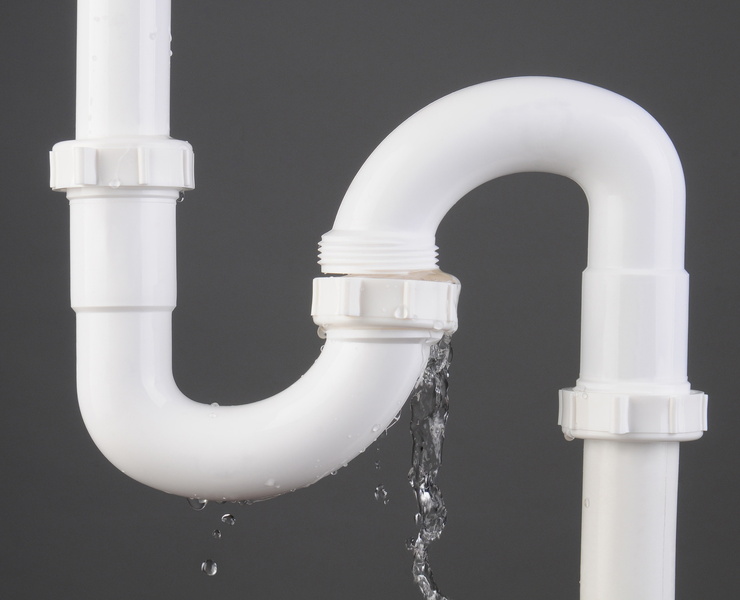Guide To Water Leakage Discovery In Your Home
Guide To Water Leakage Discovery In Your Home
Blog Article
On this page in the next paragraph you might get a bunch of great advice all about Detecting hidden plumbing leaks.

The minute you locate a leak, calling your plumber for fixings is the best service. However, some little water leakages may not be visible. If you can not discover it with your naked eyes, here are some hacks that help.
Early discovery of leaking water lines can mitigate a prospective disaster. In addition to saving you cash, it will certainly minimize the worry as well as frustration.
Inspect Water Intake
Evaluate your water expenses and also track your water consumption. As the one paying it, you must see if there are any inconsistencies. If you identify sudden changes, regardless of your consumption being the same, it indicates that you have leakages in your plumbing system. Bear in mind, your water expense need to fall under the very same range every month. An unexpected spike in your expense shows a fast-moving leak.
A consistent boost every month, also with the exact same habits, reveals you have a sluggish leakage that's likewise gradually intensifying. Call a plumber to thoroughly inspect your property, particularly if you feel a warm area on your flooring with piping beneath.
Evaluate and also Examine the Circumstance
House owners should make it a practice to check under the sink counters and also even inside cabinets for any kind of bad odor or mold development. These two warnings indicate a leakage so prompt focus is required. Doing routine inspections, even bi-annually, can conserve you from a major issue.
Examine the Water Meter
Checking it is a guaranteed means that aids you discover leaks. If it moves, that indicates a fast-moving leakage. This implies you might have a slow-moving leakage that could also be underground.
Asses Exterior Lines
Do not neglect to check your outside water lines as well. Needs to water seep out of the connection, you have a loose rubber gasket. One small leakage can throw away lots of water as well as increase your water costs.
Do a Food Coloring Examination
When it comes to water consumption, 30% comes from toilets. Test to see if they are running properly. Drop flecks of food shade in the storage tank as well as wait 10 minutes. If the color in some way infiltrates your dish during that time without flushing, there's a leak in between the storage tank and dish.
Examine for stainings as well as compromising as most pipelines and also home appliances have a life span. If you suspect dripping water lines in your plumbing system, don't wait for it to intensify.
The minute you find a leakage, calling your plumber for repair work is the ideal option. Some tiny water leakages may not be visible. Checking it is a guaranteed way that helps you find leakages. One small leak can lose lots of water and also surge your water bill.
If you suspect leaking water lines in your plumbing system, do not wait for it to intensify.
How to Know If Your Home Has a Hidden Leak
Water Meter Reveals Inexplicable Water Usage
If you’d like to test whether or not there’s a leak somewhere in your home, you can do this using your water meter. Here is how to conduct the test:
Don’t use any water in your home for at least 30 minutes; this also means not turning on faucets or water-using appliances.
Go outside, and check your water meter for activity.
If your water meter shows that there was activity, even though no one was using any water, this proves that there is a leak in your home.Visible Mold or Mildew Growth
Leaks behind walls create moist, dark environments that allow mold and mildew to grow and thrive. Eventually, you might see mold growth forming on the wall closest to a hidden leak.
If mold is growing in an area that receives a high amount of moisture, such as a bathroom, it may simply be an indication that better ventilation is needed. However, if you see mold growth on a wall or the ceiling in an area where you would not expect, you probably have a hidden leak.
Musty, Mildew Odor
Sometimes you might not be able to see the mold or mildew that is growing as a result of a leak. However, the smell can give the problem away just as easily. If you catch a whiff of something musty, there’s a good chance that old water is collecting somewhere in your home that you can’t see.
Stained/Warped Walls, Ceilings, or Floors
When your home soaks up water, a variety of red flags can become visible, including ceiling stains, bubbling drywall, warped walls, and sagging floors. While these issues can be caused by excess humidity, they can also be signs that a pipe or plumbing connection has started leaking behind your walls.
Inexplicably High Water Bill
After a while, you get a general sense for what your water bill should be. If you own a pool or sprinkler system, your bill will tend to be higher during summer. However, if you receive a water bill that seems especially high, and you can’t figure out what caused it, then you may have a hidden leak somewhere that’s increasing your bill.
https://www.plumbingjoint.com/blog/2019/july/how-to-know-if-your-home-has-a-hidden-leak/

As an avid person who reads on Finding hidden leaks, I thought sharing that post was beneficial. Remember to set aside a second to distribute this write-up if you appreciated it. Bless you for your time. Kindly visit our site back soon.
Report this page